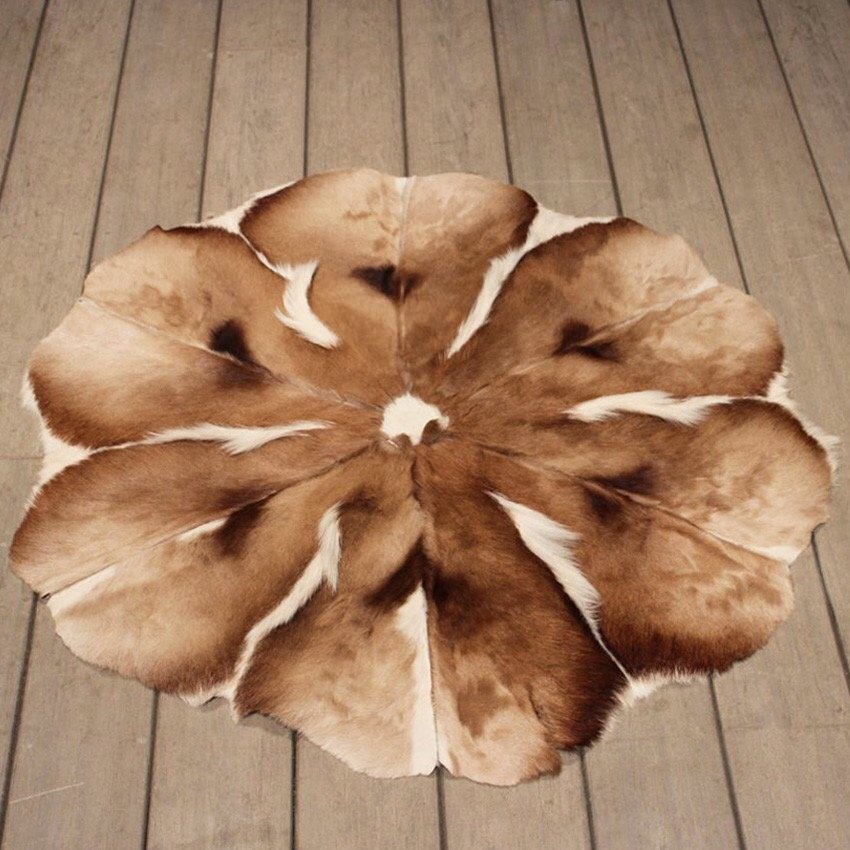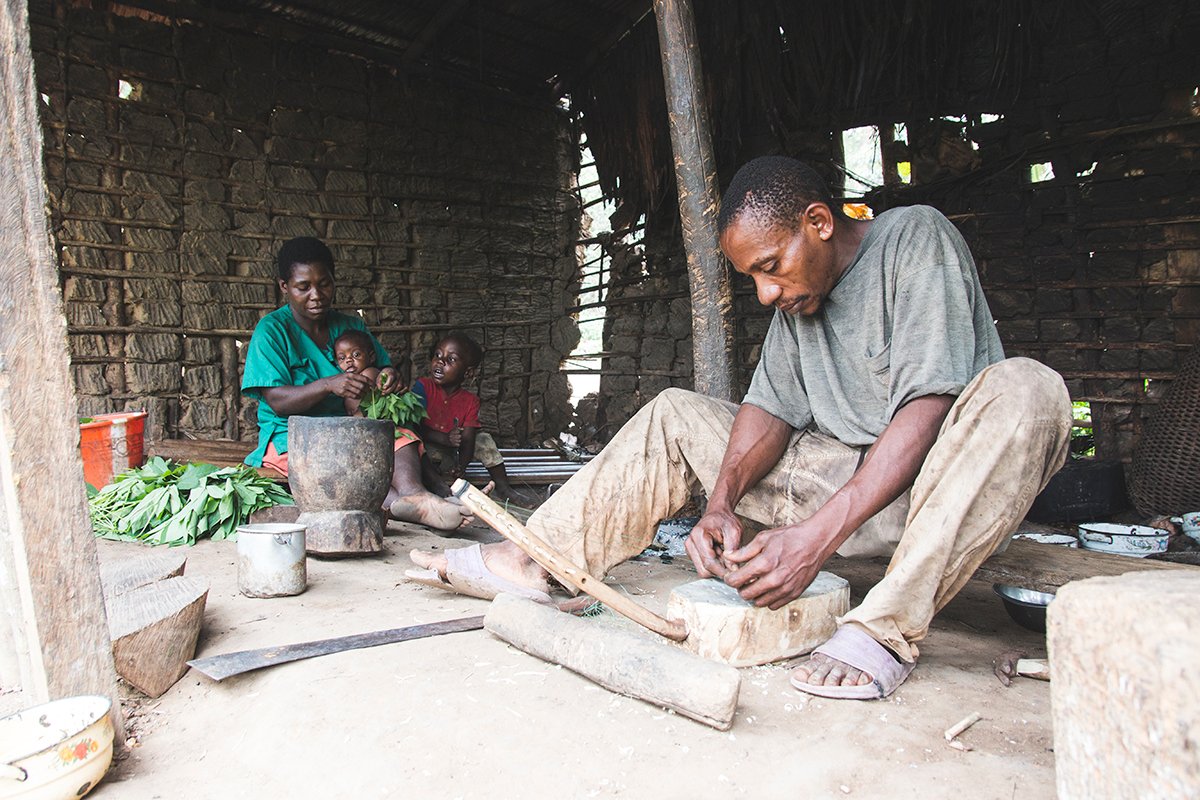Etnias Pigméias da Africa
BAKA:
The Baka speak Bantu and live in the rain forest of Cameroon, Congo and Gabon they are hunter and gatherers which means that they eat/use what they find. Bakas live a totally different lifestyle than most. Bakas live in small huts called Mogulu’s they are made of branches and leaves and are usually built by women. Baka women also usually use different types of leaves and mud to make the hut waterproof, the small hut houses only one family.
Baka women and children usually spend their days preparing food weaving baskets,panniers,baskets and rattles Bakas spend a lot of time on these things because they don’t have the luxury of going to a grocery store to just buy what they need. Baka men are great hunters their techniques and hunting tools make them very efficient.They hunt using crossbows with poisonous tips,spears and traps.
in the Cameroon rain forest alone there are over 409 species of mammals, 690 species of birds, 250 species of reptiles and 200 species of amphibians.
Hunting and gathering is the most important thing to a Baka village they hunt their meat and gather other things such as mushrooms, wild fruit and vegetables. Unfortunately they cannot preserve food for long because they don’t have refrigerators so if they don’t hunt daily they don’t eat.
BAKOLA:
Bakola’s are the pygmy people of southern Cameroon and parts of Gabon they speak Mvumbo.
Bakola people live in mud huts and leaf huts. Mud huts are made of mud and different types of branches while leaf huts are made of leaves. traditionally larger families live in mud huts.Mud huts are very nice at least for forest dwellers, Bakola Mud huts contain a fireplace, shelf for firewood and meat smoking it also has an oil lamp. Bakola people are some of the most up to date indigenous people in all of Africa.
Bakola people hunt using spears twice their size, a hunting dog called a Basenji along with hunting nets which they set up above the forest floor so the net can fall and catch various animals. The Bakola’s hunt mostly small to medium sized rodents like African brush porcupine and tree Hyrax. Unlike most cultures Bakola’s like to eat extraordinary things such as caterpillar soup.
Art like music,dance and portraits plays a vital role in Bakola culture. Bakola’s make music with instruments made from natural resources like reed trunk, which is used to make percussion tubes and drums. These instruments are usually played while people are dancing, dancing is a big thing in Bakola culture because they dance for rituals and as a form of prayer.
BEDZAN
The Bedzan people also know as the Medzan people are a Pygmy group of Cameroon.. They live at the “interface” of the forest and the savannah unlike the other Pygmy groups that live in the forest. And their language is Tikar, which is similar to Bantu the language that Baka’s speak. Although Bedzan people are considered pygmy people they have evolved and for the most part and are no longer short. Most Pygmy people are usually 4’11 or shorter, Bedzan people are still considered a pygmy group because of their traditions and where they live.
Bedzan people live on the edge of the Cameroon forest and live in mud huts. Unlike the other pygmy groups that live in mud huts the Bedzan people create a wooden structure before putting together their hut. In the Bedzan community men and women help build the huts. Bedzan people sometimes paint the walls of their huts for decoration and religious reasons. Bedzan Mud Huts are typically larger because their family size is usually between 4-7 people.
Similar to other pygmy groups Bedzan’s are hunter and gatherers and spend a lot of their time collecting what they need, this include women men and young boys. Bedzan people spend a lot of time preparing their food as well. This job is solely up to Bedzan women they peel peanuts,corncobs and often have to skin animals before cooking. When hunting animals Bedzan people use spears, blowpipes and a hunting dog called a Basenji.
MBUTI
The Bedzan people also know as the Medzan people are a Pygmy group of Cameroon.. They live at the “interface” of the forest and the savannah unlike the other Pygmy groups that live in the forest. And their language is Tikar, which is similar to Bantu the language that Baka’s speak. Although Bedzan people are considered pygmy people they have evolved and for the most part and are no longer short. Most Pygmy people are usually 4’11 or shorter, Bedzan people are still considered a pygmy group because of their traditions and where they live.
Bedzan people live on the edge of the Cameroon forest and live in mud huts. Unlike the other pygmy groups that live in mud huts the Bedzan people create a wooden structure before putting together their hut. In the Bedzan community men and women help build the huts. Bedzan people sometimes paint the walls of their huts for decoration and religious reasons. Bedzan Mud Huts are typically larger because their family size is usually between 4-7 people.
Similar to other pygmy groups Bedzan’s are hunter and gatherers and spend a lot of their time collecting what they need, this include women men and young boys. Bedzan people spend a lot of time preparing their food as well. This job is solely up to Bedzan women they peel peanuts,corncobs and often have to skin animals before cooking. When hunting animals Bedzan people use spears, blowpipes and a hunting dog called a Basenji.
Texto de Life of Pygmy People Of Africa



